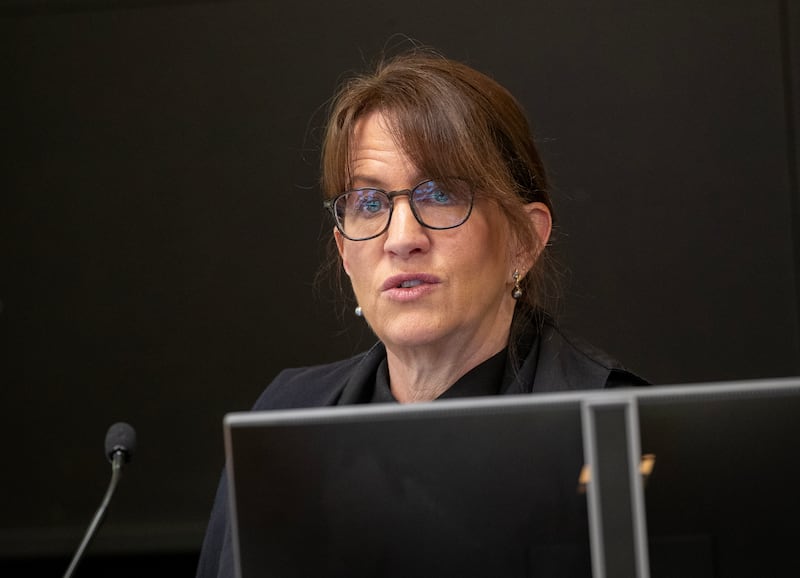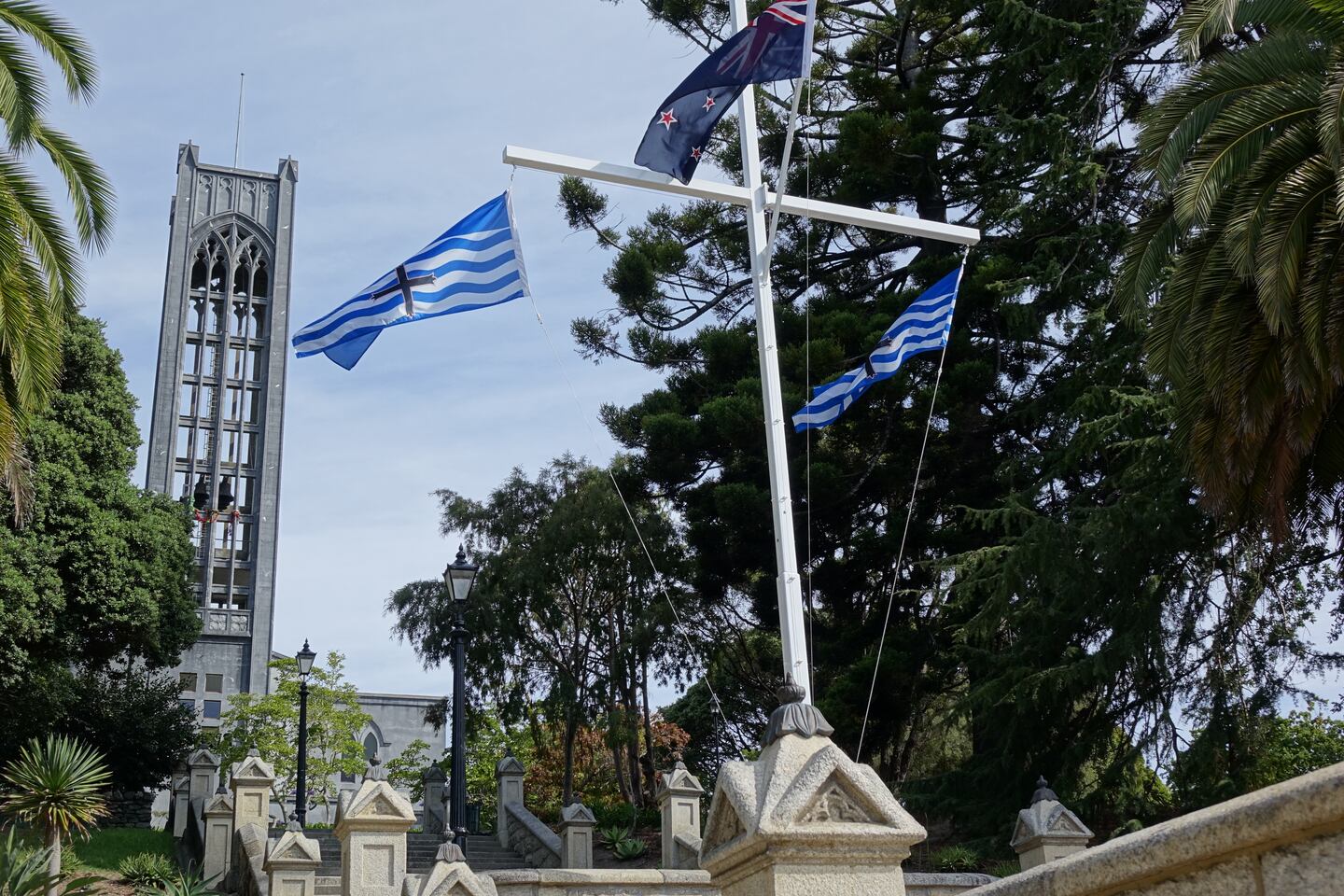The Crown has apologised for its historic role in matters that gave rise to grievances among Māori in the top of the South Island.
But its “mini opening” late on day two of a remedies trial in the Wellington High Court indicates it’s unlikely to budge on the extent of remedies sought to resolve breaches over land deals during the settlement of Nelson.
The trial is aimed at resolving one of the largest pieces of litigation against the Crown this country has seen.
A 2017 Supreme Court judgment ruled that the Crown had a legal duty to honour the original agreement to reserve 15,100 acres of land as the Nelson Tenths Reserves during settlement.
Customary Māori landowners in the top of the South Island have been fighting for justice since the 1840s over promises made but never fulfilled when the New Zealand Company bought land for the Nelson settlement.
The Supreme Court also ruled by a four-to-one majority in 2017 that the original agreement to reserve and protect local Māori papakāinga and other significant cultural lands had to be honoured.
The baton was then handed back to the High Court to determine the extent of the Crown’s breaches, any defences it had and remedies.

Nelson-based Wakatū Incorporation has been supporting the case fronted by Kaumātua Rore Stafford as representative of the Māori customary landowners - the descendants of those tūpuna identified by the Native Land Court in 1892.
The Wakatū Incorporation represents the interests of about 4000 owners, who descended from the customary Māori landowners, the whānau and hapū of the Whakatū (Nelson), Motueka, and Mōhua (Golden Bay) rohe.
Crown Law is representing the Attorney-General as the respondent in the case being heard by Justice Rebecca Edwards.
Crown counsel Jason Gough said in today’s mini opening, ahead of its substantial opening in about four weeks, that it wanted to restore the relationship between the Crown and the people of Te Tauihu (top of the South Island).
He said the Crown had been painted as “unsympathetic” since the 1840s but it disagreed with earlier statements there was “no case to answer”.
“We invite Your Honour to look at the broader history of the country.
“The plaintiff’s story is repeated throughout the country. Stafford and the customary owners are not alone in their grievance, and the Crown has attempted to atone for this,” Gough said.
He said the claim placed a lot of demand on the Government and on the public purse, and while the Crown wanted to refresh the relationship with top of the south Māori in a way that was affordable for the country, it rejected it had an ongoing duty.
The legal case does not involve private land, but land held by the Crown. Neither was it a Treaty claim but one that had traversed the courts over decades as a private breach of trust.
However, a key plank in the Crown’s defence appears to rely on the interface between remedies and the Treaty settlement process.
Gough said the Treaty settlement process was the appropriate way to resolve the issues.
But the plaintiff argued it was irrelevant in this context because they were “politically negotiated agreements”.
Justice Edwards said the thrust of the plaintiffs’ case was on remedies and relief but she wanted to understand how the scope of the duties fed into relief, the formulation of duties owed and how they were breached.
The court heard yesterday that losses for Nelson Māori over unresolved land deals might have amounted to more than $1 billion.
A focus of the case is the endowments owed from the sale of land, which would have enabled Māori to benefit from the growth of Nelson on their own land.
Gough’s brief overview today revealed the Crown intended to defend its position based on highly technical constitutional law.
He said one reason the Crown embarked on the Treaty settlements process was that it never thought a case like this would “see the light of day”
What are the Nelson Tenths Reserves?
At the heart of the matter was the purchase deals by the New Zealand Company for the Nelson settlement scheme from the early 1840s.
One-tenth of the land bought by the company was to be set aside and held in trust for the customary Māori landowners. All land occupied by Māori (pā, urupā, and cultivations) was to be excluded from the sale.
This was officially recognised by Commissioner William Spain and became enshrined in the Crown Grant of 1845.
But the agreement was never honoured. Only 5100 acres (2000ha) of what should have been 15,100 acres (6110ha) of land set aside were ever identified and reserved.
By 1882 the 5100 acres (2000ha) had been whittled down to 3000 (809ha) with the arrival of more settlers.
Currently, the customary Māori landowners have less than 20 per cent of the land they’re legally entitled to.
The remnants had been held in trust and managed by the Crown and its trustees from 1845 until 1977 when the Wakatū Incorporation was formed by Māori landowners to receive and manage these leftovers.
Wakatū Incorporation chief executive Kerensa Johnston said redress sought now was a combination of the proportion owed and land already tagged.
The hearing continues.



